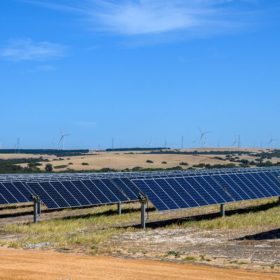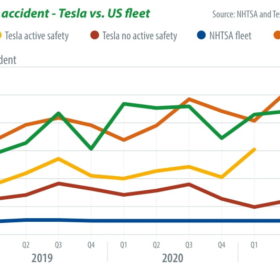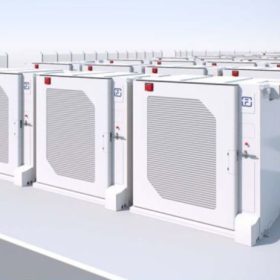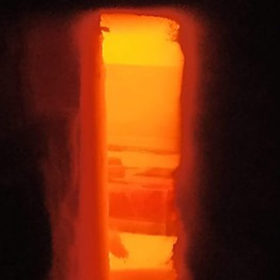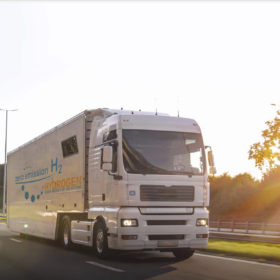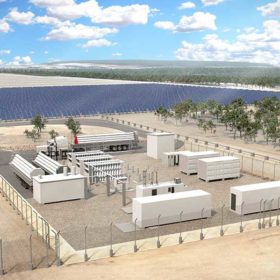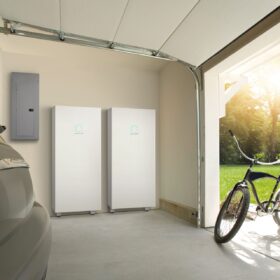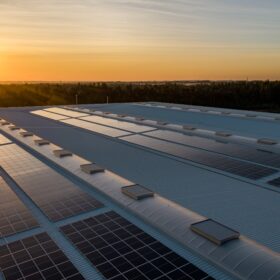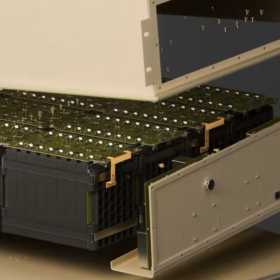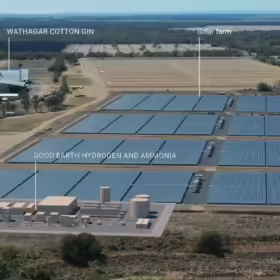NSW outlines plans for 2.5GW renewable energy zone in state’s southwest
The New South Wales Government has outlined plans for another coordinated renewable energy zone which will deliver at least 2.5GW of new network capacity as the state’s transitions from fossil fuels towards renewable power accelerates.
The weekend read: E+V = better vehicles
Electric vehicle batteries are packed with energy, with additional battery density and efficiency working to quell range anxiety for drivers. But with that capability lingers a concern from some that EVs may pose a fire risk and a challenge for first responders in the event of accidents. Western Australia’s Professor Ray Wills from Future Smart Strategies bought his first EV in 2012 and argues that in terms of safety, EVs remain an easily superior vehicle, and even the tiny fire risk that exists is an ever-diminishing issue.
AGL builds storage portfolio with Broken Hill big battery locked in
AGL has committed to another big battery project as it seeks to add at least 850MW of new large-scale energy storage to its portfolio by 2024, confirming it will begin construction of a 50MW/50MWh battery at Broken Hill which will improve energy security in regional New South Wales.
Thermophotovoltaic battery could store energy at $14/kWh
Developed by researchers in Spain, the battery uses renewable electricity to melt low-cost metals such as silicon or ferrosilicon alloys to produce and store latent heat, which is in turn used by a thermophovoltaic generator to produce power. According to its creators, the device may store electricity at a cost of €10 per kilowatt-hour (AU$14.6/kWh) for a 10MWh system.
Power outages in WA may be a sign of what’s to come, independent review finds
The extensive power outages experienced in Western Australia last Christmas were a result of extreme weather rather than human failure, an independent review has found. The report’s author, AEMC’s Michelle Shepherd, notes such instances will likely become increasingly frequent with climate change.
New ‘adaptive’ trackers for tricky terrain to cut both project cost and land disturbances
Nextracker has today launched its new terrain-following, single-axis tracker built specifically for projects on sloped, uneven, and challenging sites. Nextracker believes its new NX Horizon-XTR line will be market-shaping, especially in countries like Australia where opposition to land disturbances of utility-scale solar is growing.
Tesla to supply Megapacks for 150MW/350MWh Riverina big battery
Following the early success of its solar integrated Gannawarra Energy Storage System, Edify Energy has again opted for Tesla Megapack as its preferred battery energy storage system for its combination of storage projects totalling 150MW/300MWh in the Riverina region of New South Wales.
Rock cavern for green hydrogen storage takes shape in Sweden
Vattenfall, SSAB and LKAB have reached the halfway point in the construction of a rock cavern storage facility in a coastal city in northern Sweden. The 100-cubic-metre facility is being constructed 30 metre below ground and will begin storing green hydrogen next year.
Australia’s first hydrogen-fuelled garbage trucks to hit Queensland streets this year
Pure Hydrogen has entered into a partnership with Australia’s largest privately-owned waste management company, JJ Waste & Recycling, to build what it claims will be the country’s first ever hydrogen fuelled garbage truck.
Work on Queensland’s ‘truly green’ government-owned hydrogen plant to start in six months
Construction of the Kogan Renewable Hydrogen Demonstration Plant in Queensland’s Western Downs region is expected to start by September, with government-owned CS Energy, the plant’s operator, having finalised the EPC contract with IHI Engineering Australia to construct the project.
